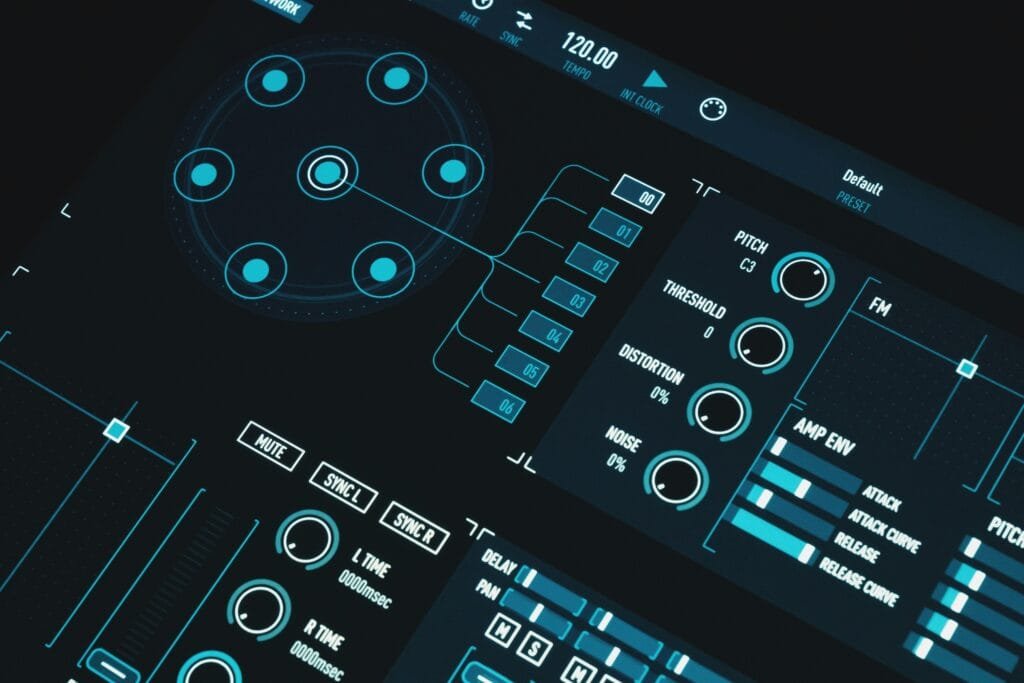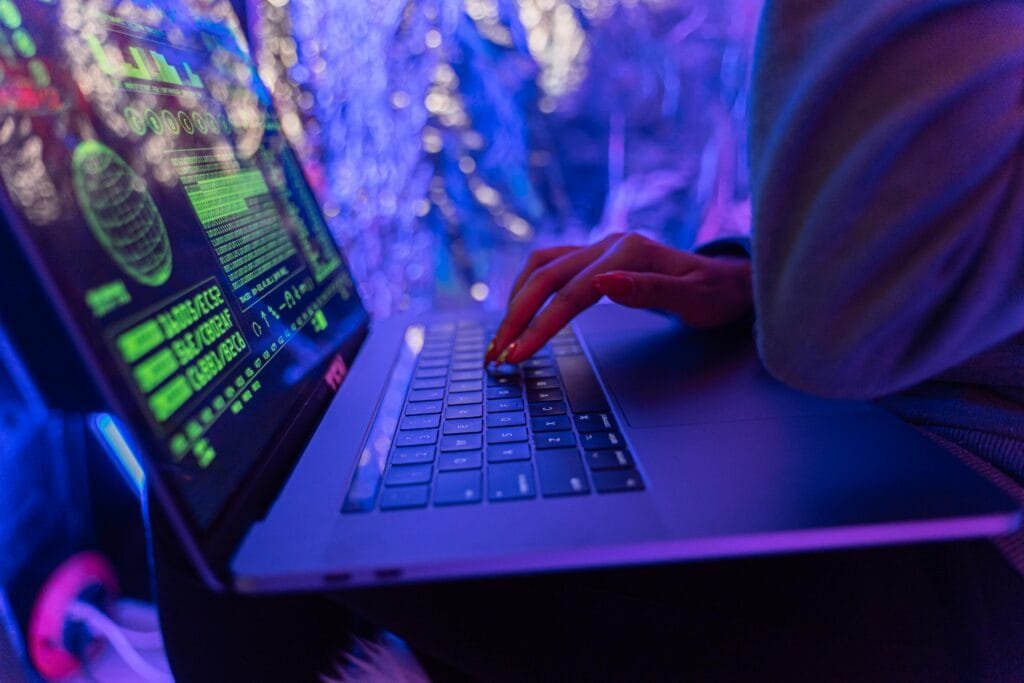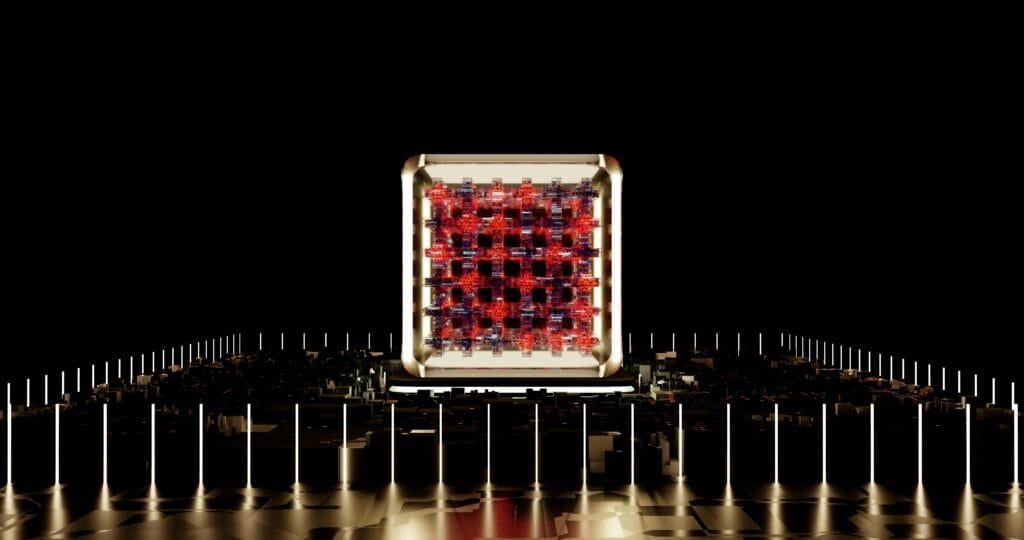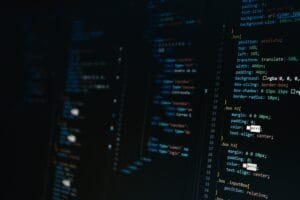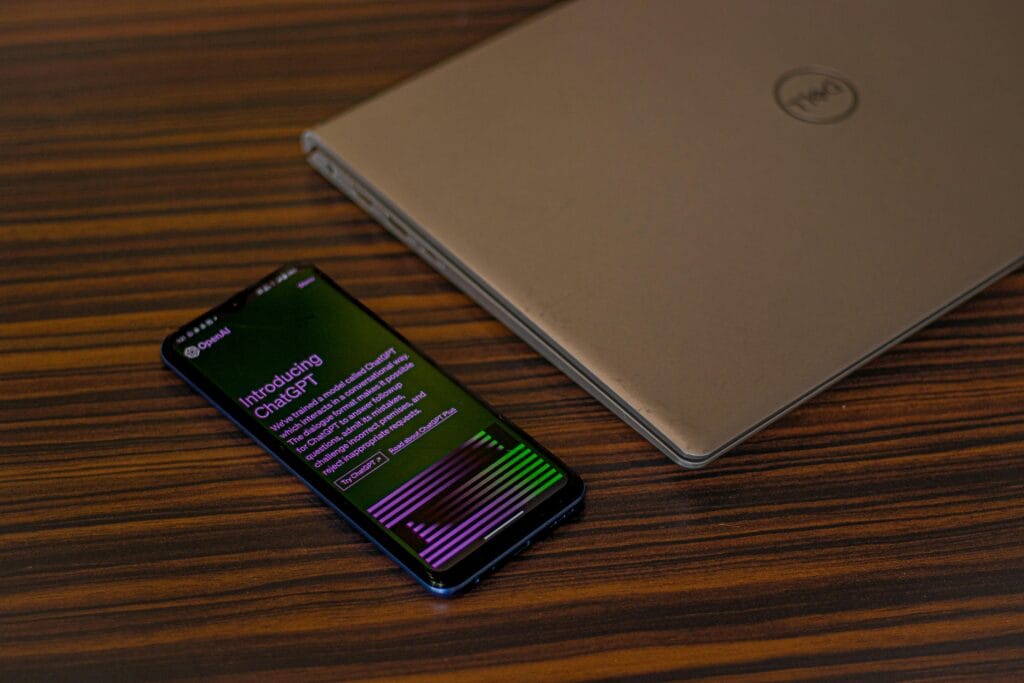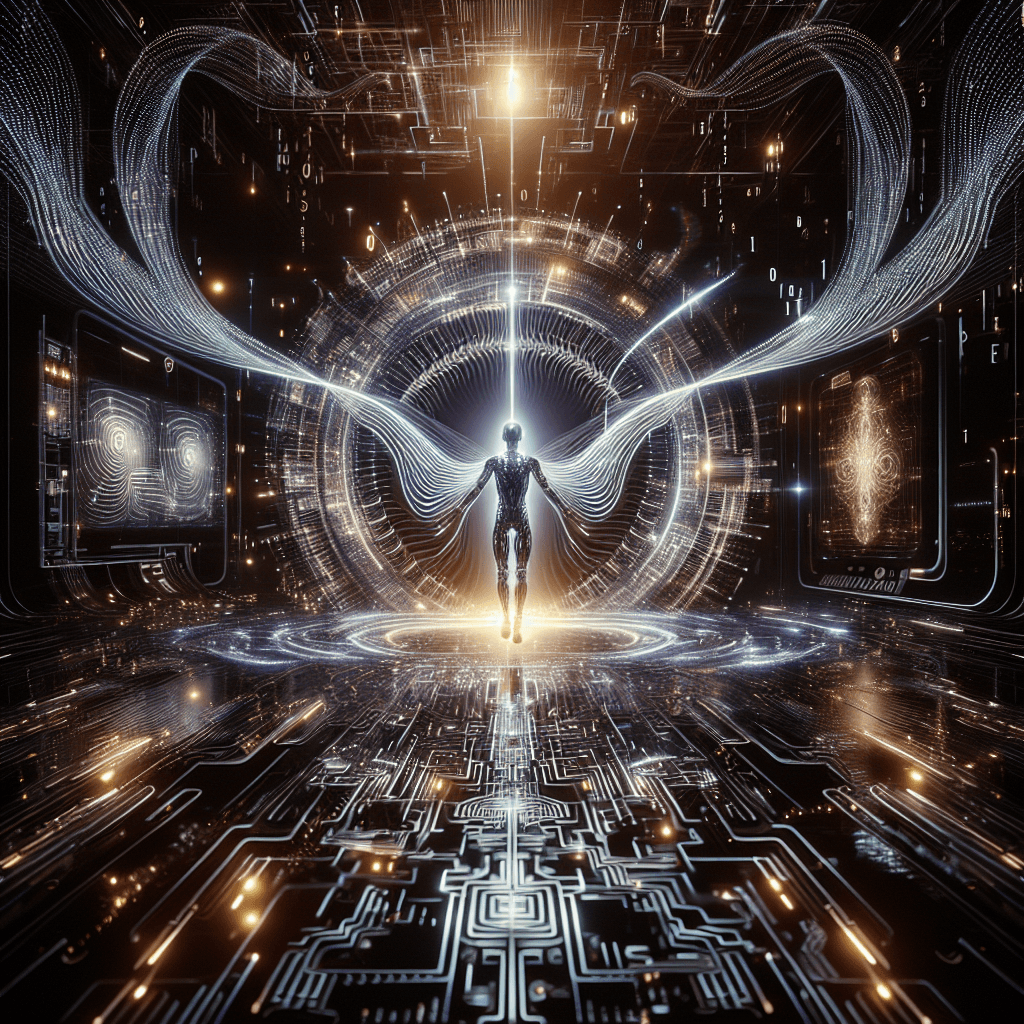
Imagine typing a simple sentence “a stylish woman walks down a Tokyo street filled with warm glowing neon and animated city signage” and watching it blossom into a photorealistic, high-definition video. The woman’s reflection shimmers in a puddle on the pavement as she passes, the neon signs cast a soft glow on her face, and the city bustles with life. This isn’t a scene from a futuristic movie; it’s a reality made possible by Sora, the latest groundbreaking AI model from OpenAI, the same research lab that brought us ChatGPT and DALL-E.

Sora is a text-to-video generator that has captured the world’s imagination and sent shockwaves through the creative and tech industries. It represents a monumental leap forward in AI-driven content creation, capable of generating videos up to a minute long that exhibit remarkable coherence, detail, and an intuitive understanding of the physical world. But as with any powerful new technology, its arrival brings a cascade of questions. In this article, we’ll dive deep into what Sora is, how it performs its digital magic, the revolutionary impact it could have on various industries, and the critical ethical conversations we must have as we stand on the precipice of this new creative era.
Decoding Sora: From Simple Text to Cinematic Reality
So, what exactly is the engine powering these stunning visual creations? At its core, Sora is what’s known as a diffusion model. This is a concept that has already proven incredibly effective in image generation tools like Midjourney and OpenAI’s own DALL-E. Think of the process like a sculptor starting with a block of marble and chipping away until a statue emerges. A diffusion model starts with a video that looks like pure random noise a chaotic field of static. Then, guided by the user’s text prompt, it gradually refines this noise over many steps, removing the chaos and shaping it into a coherent and detailed video that matches the description. Where Sora truly innovates is in its ability to apply this concept to the far more complex domain of video, which involves not just space but also time.
To achieve this, Sora’s architecture combines the diffusion technique with a transformer architecture, the same powerful framework that underpins large language models like GPT. Transformers are exceptionally good at understanding context and relationships over long sequences of data. For text, this means understanding how words in a sentence relate to each other. For Sora, this means understanding the relationship between video frames over time. The model was trained on a massive dataset of videos, allowing it to learn the “grammar” of visual language and the physics of our world. It doesn’t just know what a dog looks like; it understands that a dog wags its tail, runs, and interacts with its environment in a predictable way. A key technical innovation is its use of “spacetime patches.” Sora breaks down videos into smaller chunks of data representing both a patch of space (a part of the image) and a duration of time. By learning from these patches, the model can scale its understanding to different resolutions, durations, and aspect ratios, making it incredibly flexible and powerful. This approach allows Sora to not only generate video from text but also to animate static images or extend existing videos, all while maintaining a consistent style and character identity.
A New Creative Dawn: How Sora Will Reshape Industries
The potential applications for a tool as powerful as Sora are vast and transformative, poised to redefine workflows across numerous sectors. The most obvious beneficiary is the film and entertainment industry. For decades, creating high-quality visual effects or even simple cinematic shots required immense resources, specialized teams, and expensive equipment. Sora could democratize this process entirely. An independent filmmaker could storyboard and pre-visualize an entire film from their laptop, generating test scenes in minutes instead of months. A screenwriter could bring a pivotal scene to life to better pitch their script. Special effects that once cost millions could be generated with a carefully crafted prompt, enabling a new wave of creativity from artists who were previously locked out by budget constraints.
Beyond Hollywood, the advertising and marketing world is set for a major shake-up. Imagine a brand being able to generate dozens of variations of a video ad, each tailored to a specific demographic, platform, or cultural context, almost instantaneously. This allows for hyper-personalized marketing campaigns at an unprecedented scale and speed. The world of education and training also stands to gain immensely. Medical students could watch complex surgical procedures generated from a textbook description. Engineering students could visualize the inner workings of a jet engine. History classes could generate immersive scenes of ancient Rome or the Silk Road, turning abstract concepts into engaging, memorable experiences. Even the gaming industry could be revolutionized, with developers using Sora to rapidly generate in-game assets, cinematic cutscenes, or even create dynamic worlds that evolve in real-time based on a player’s textual commands. The common thread is the radical reduction in the time, cost, and technical skill required to turn an idea into a compelling visual narrative.
Navigating the Uncharted Waters: The Ethical Maze of AI Video Generation
While the creative potential of Sora is undeniably exciting, it is matched, if not exceeded, by a host of profound ethical challenges and societal risks. The most immediate and alarming concern is the potential for misuse in creating hyper-realistic misinformation and disinformation. In an already fragile information ecosystem, the ability to generate convincing fake videos of public figures saying or doing things they never did could have devastating consequences. It could be used to manipulate elections, incite violence, ruin reputations, or create fraudulent evidence. The very concept of “seeing is believing” is thrown into question, eroding public trust in institutions and the media. OpenAI has acknowledged these risks and stated they are working on safety measures, such as detection classifiers and C2PA metadata (a digital watermarking standard), but the arms race between generation and detection is a notoriously difficult one to win.
Another significant concern is the impact on employment. While some argue that Sora will be a tool that augments human creativity, it’s impossible to ignore the potential for job displacement. Videographers, stock footage creators, VFX artists, and animators may find their roles drastically altered or diminished. The skills required will shift from technical execution to creative direction and expert prompt engineering. While new jobs will emerge, there will undoubtedly be a difficult and disruptive transition for many professionals in the creative industries. Furthermore, the issue of bias is deeply embedded in AI models. Since Sora is trained on a vast corpus of existing video data, it will inevitably learn and replicate any biases present in that data. If certain cultures, ethnicities, or body types are underrepresented in the training set, the model will struggle to generate them accurately, perpetuating harmful stereotypes and creating a less inclusive digital world. Finally, the legal landscape is a minefield of unanswered questions. Who owns the copyright to an AI-generated video? Is it the user who wrote the prompt, or OpenAI, which owns the model? What happens if Sora was trained on copyrighted films and videos without permission? These are complex legal and philosophical questions that our current laws are ill-equipped to handle, and they will be fiercely debated in courtrooms and parliaments for years to come.
Sora is not merely another app or a fun new tech toy; it represents a fundamental shift in our relationship with digital content and reality itself. It stands as a testament to the astonishing pace of AI development, offering a glimpse into a future where the boundary between imagination and creation is thinner than ever before. This technology holds the promise of unlocking untold creative potential, democratizing storytelling, and revolutionizing how we learn, communicate, and entertain ourselves. However, it also casts a long shadow, forcing us to confront difficult questions about truth, trust, and the very fabric of our society. The path forward requires a delicate balance. We must foster innovation while simultaneously building robust guardrails, promoting digital literacy, and engaging in a global conversation about the kind of future we want to build with these powerful new tools. Sora is here, and it’s a mirror reflecting both the best of our ingenuity and the gravity of our responsibility.
References
1. OpenAI. (2024). *Sora: Creating video from text*. https://openai.com/sora
2. Knight, W. (2024). *OpenAI’s Sora Is a Lesson in How Quickly AI Can Advance*. WIRED. https://www.wired.com/story/openai-sora-text-to-video-generative-ai/
3. Roth, E. (2024). *OpenAI’s new text-to-video model is so good it’s scary*. The Verge. https://www.theverge.com/2024/2/15/24074151/openai-sora-text-to-video-ai-model-examples
4. O’Brien, M. & Ortutay, B. (2024). *OpenAI’s new video generator Sora raises concerns about AI’s impact on truth and trust*. The Associated Press. https://apnews.com/article/openai-sora-video-generator-ai-elections-deepfakes-943a421262d148e69888494b59842516 5. Brooks, T., Peebles, B., & Holmes, T. (2024). *Video generation models as world simulators*. OpenAI Research. https://openai.com/research/video-generation-models-as-world-simulators
